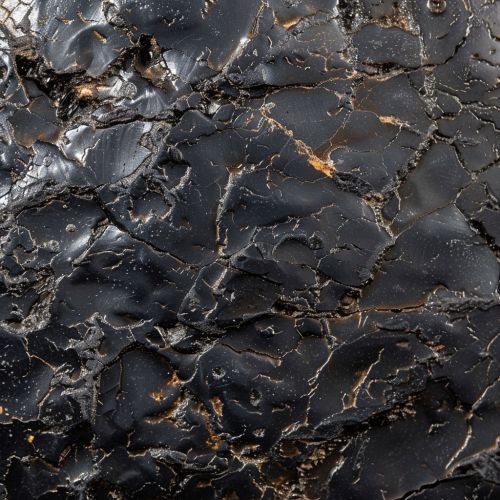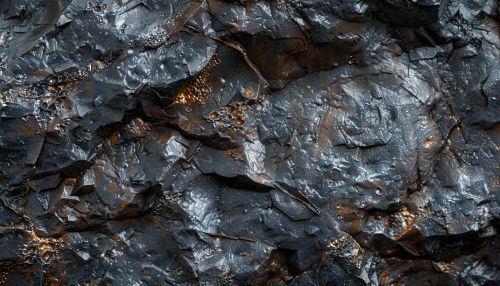Lodestone
Introduction
Lodestone is a naturally magnetized piece of the mineral magnetite. They are found in igneous and metamorphic rocks, and have the property of attracting iron. The term 'lodestone', or 'leading stone', originates from the Middle English term 'lode' meaning way or journey, indicating its use in navigation.
History
Lodestones were used in early forms of magnetic compasses. The first documented use of a magnetized needle for navigational purposes is from the Chinese book Zhuangzi, dating back to the 4th century BC. The knowledge of the magnetic properties of lodestones was subsequently passed to the Greeks, Romans, and Arabs through the Silk Road trade routes.
Properties
Lodestones are made of magnetite, a type of iron oxide with the chemical formula Fe3O4. They are the most magnetic of all the naturally-occurring minerals on Earth. Their magnetic property is due to the charge imbalance between the two types of iron ions (Fe2+ and Fe3+) found within the crystal structure of the mineral.


Formation
Lodestones are formed through a process known as magnetization, which can occur in a few different ways. The most common method is through the alignment of iron ions in a strong magnetic field. This can occur when a piece of magnetite is struck by lightning, or when it is heated and then cooled within a magnetic field.
Uses
Historically, lodestones were used in navigation due to their natural magnetic properties. Today, they are used in a variety of industrial applications, including the production of ferrite magnets and in certain types of direct drive electric motors. In addition, lodestones are used in scientific research to study the Earth's magnetic field and in various types of magnetic therapy.
